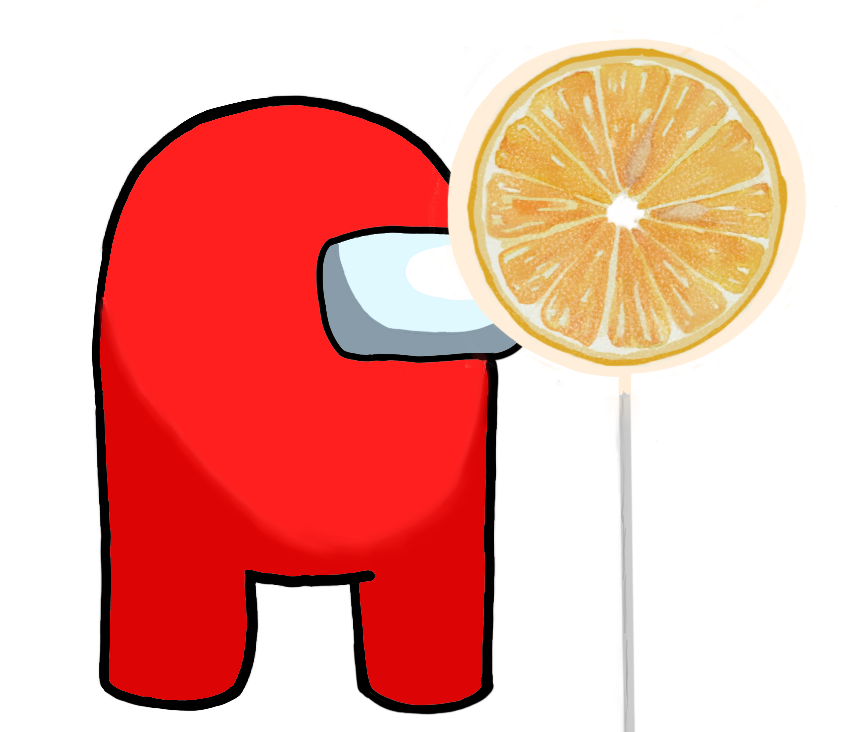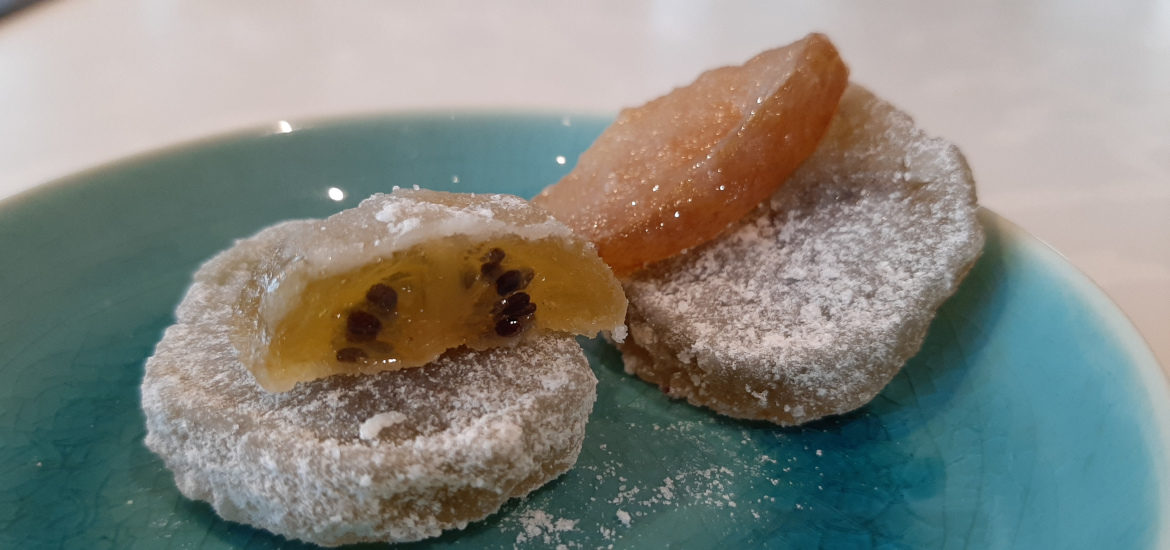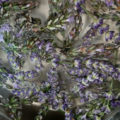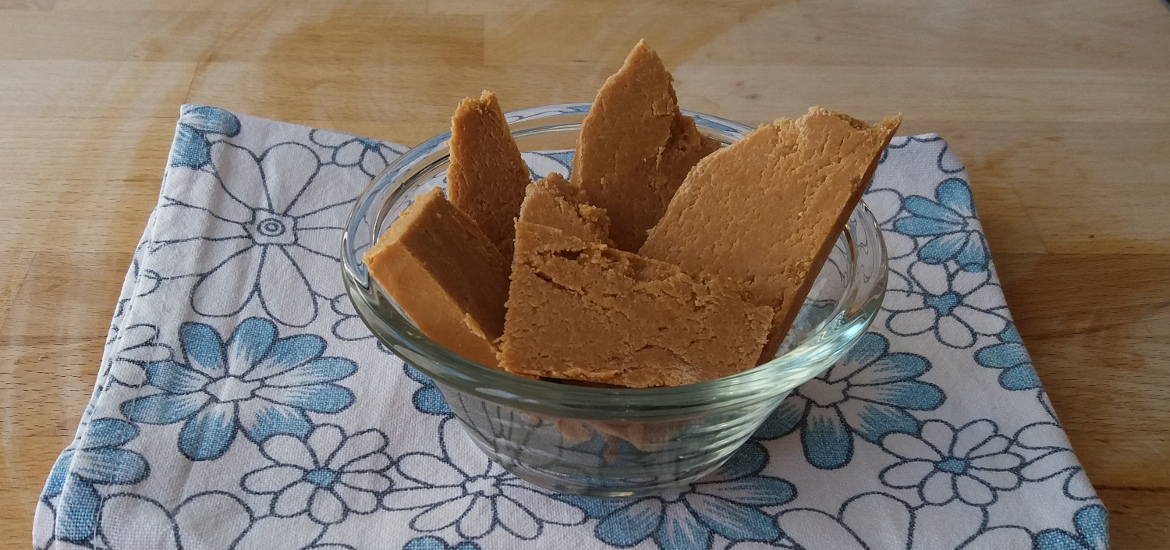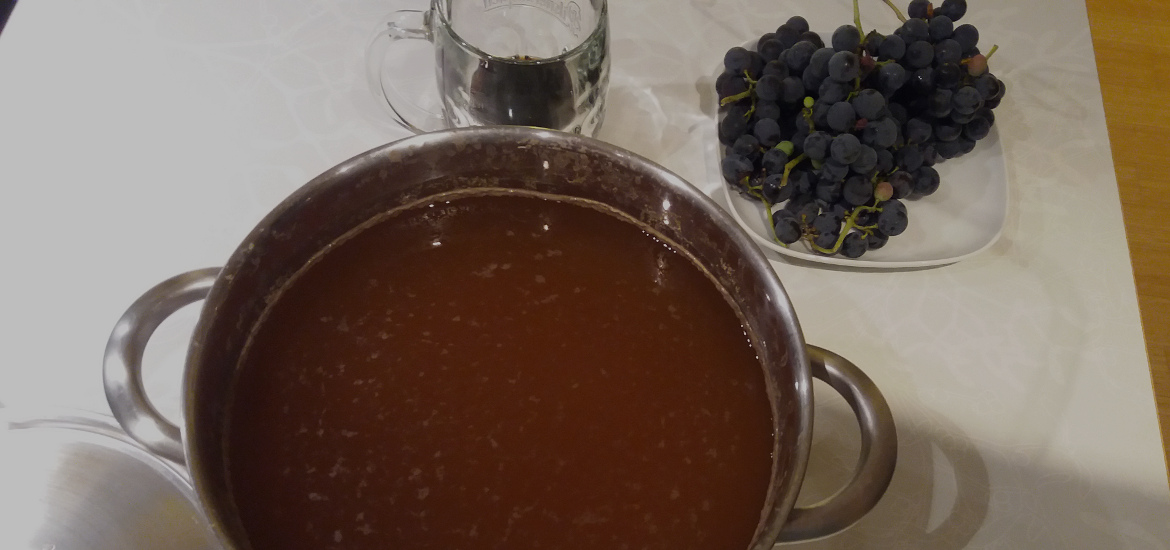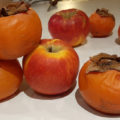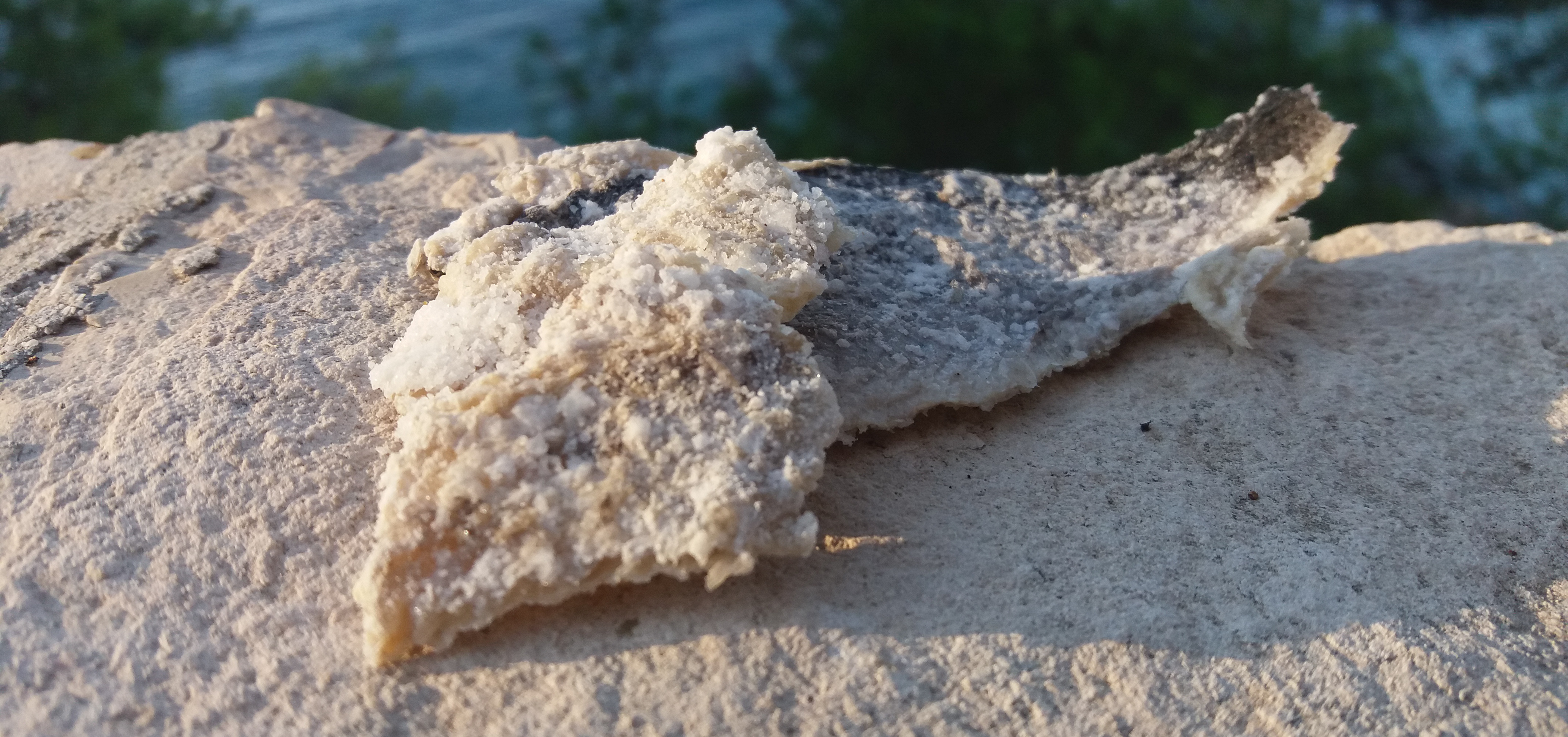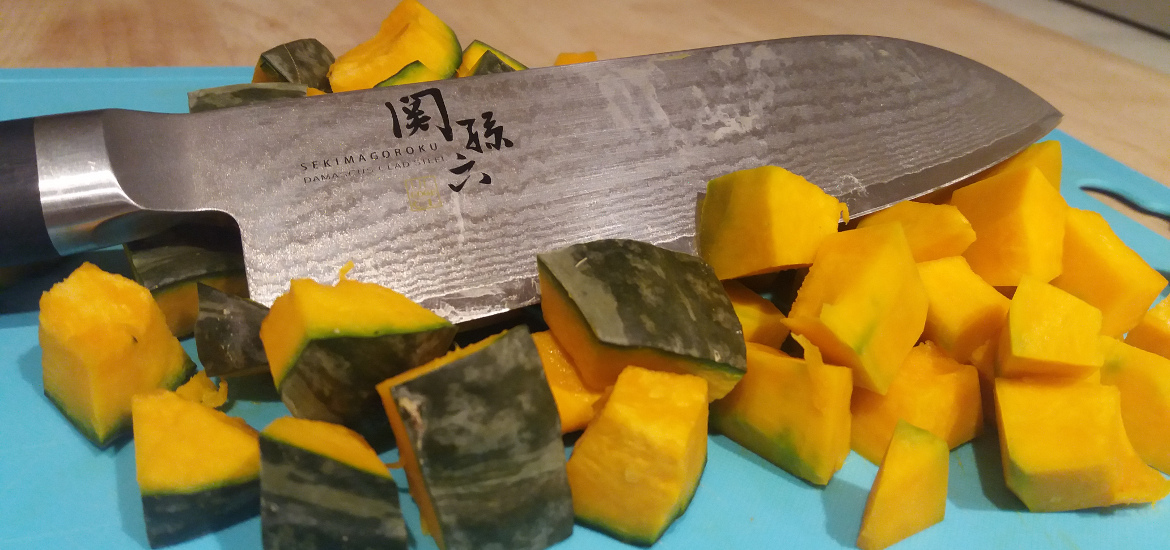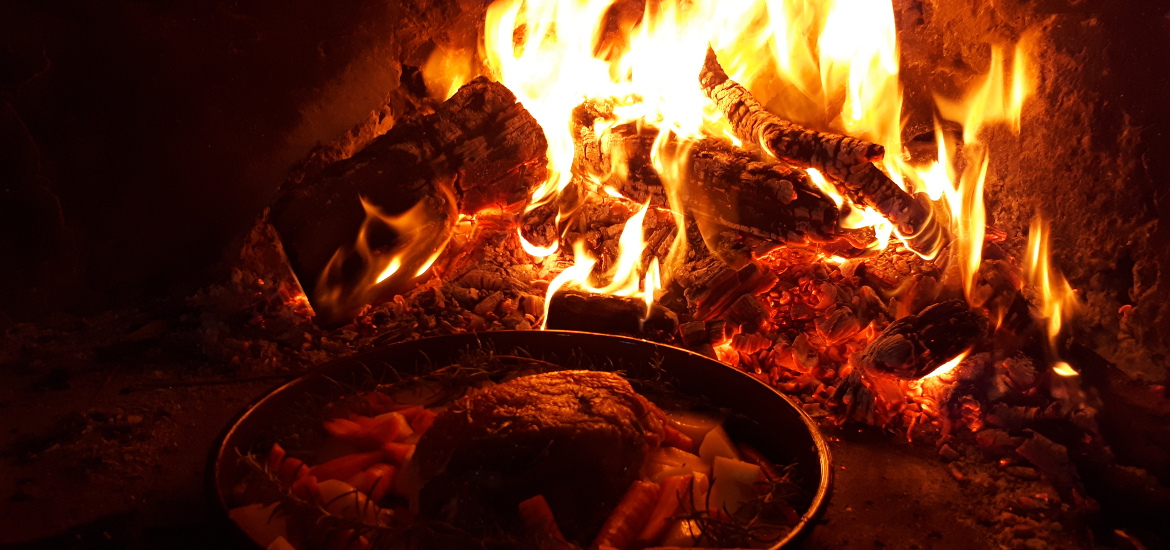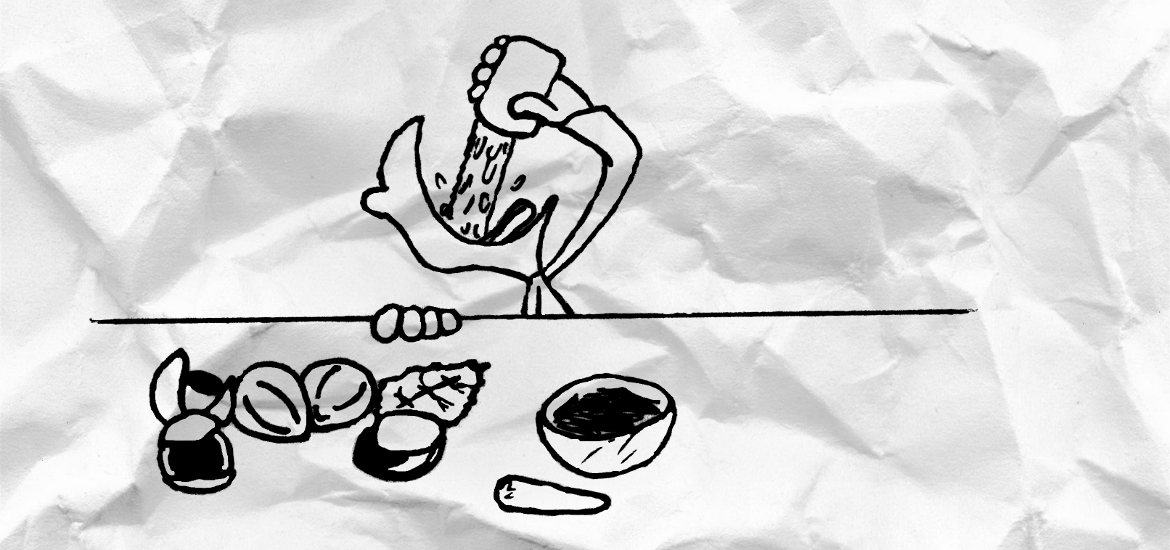Introduction
I love fruits and I love everything sweet. Naturally, I adore candied fruit. Surprisingly it took me so long to try to make some by myself. I had no idea how it is made, except that sugar and fruit are involved. A quick search and a second later the wiki page explains practically everything. But the devil is, as always, in the details. You should cook the fruits in the sugar syrup. But what is the concentration of the syrup and how long you should cook it is not exactly given. Some articles talk about weeks or months of cooking. Other recipes do it in 30 minutes. Hardly anyone mentions the sugar concentration. The general consensus is that you should cook longer times and with increasing sugar concentrations. Well, all probably depends on the size of the fruit you are dealing with. Smaller, thinner slices can be cooked shorter times with only one sugar concentration, while bigger fruits are not so simple. Cooking times for the bigger fruit pieces should obviously be longer, since the sugar has to go deeper into the fruit. Sugar concentrations probably also have to be varied. If you put whole fruit in the concentrated sugar solutions, water will come out much faster than sugar will go in. This will result in shrunken, smaller and wrinkled fruits. If you increase the concentration gradually, much more sugar will get in and the fruit will keep its shape. That is the theory, but only experiments will give us definitive answers.
Experimentation
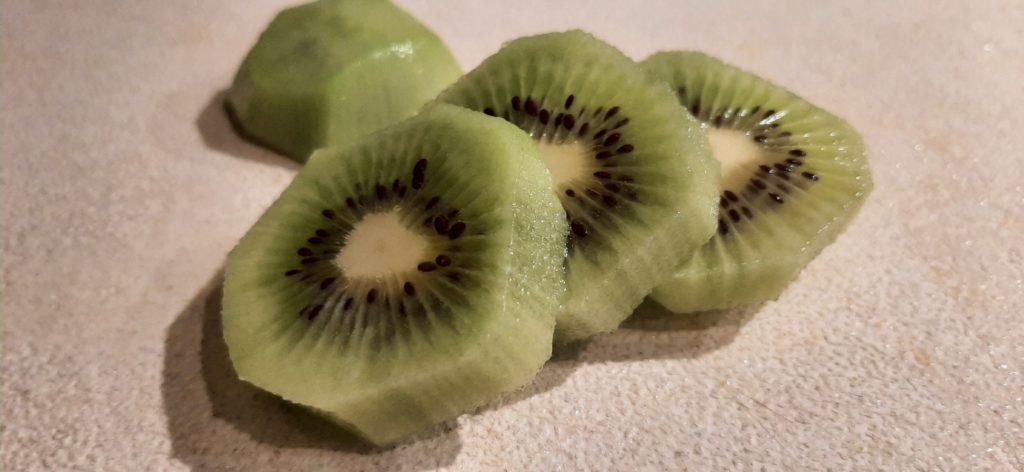
So, let’s do some experiments. First the easy part – small fruit slices. Small slices of kiwi and segments of mandarine orange seemed perfect. Theoretically, they should be cooked fairly quickly in only one sugar solution. I reckoned around 30 minutes in 70 % sugar syrup should be optimal. Sugar concentration is just high enough to guarantee no microbial growth. And we do not want fruit pieces to shrink too quickly, thus we do not want higher concentrations. It turned out the concentration was too low. No matter how long I cooked the fruit (from 30 to 120 minutes), at the end the fruit pieces were still soft. Although the taste was nice and the texture chewy.
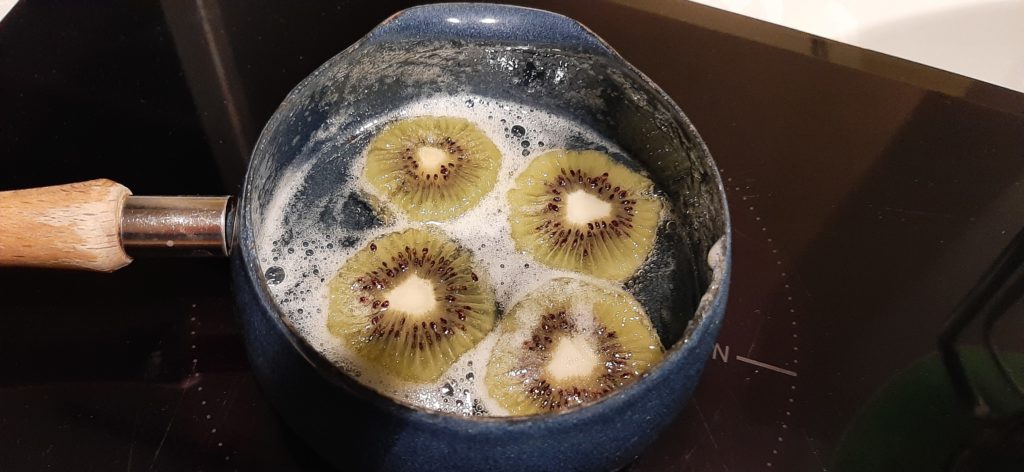
For the second try I increased the starting sugar concentration to 85%. Since mandarine lost its shape already in the 70% sugar syrup, I tried cooking pear slices instead. After 30 minutes the fruit pieces looked almost done, but I extended the cooking to 60 minutes. There was no change after the additional 30 minutes. The fruit was still chewy, but with better consistency compared to 70% sugar solution. Surprisingly, it did not shrink and look similar to the pieces cooked in 70% sugar syrup. Good enough if you like softer fruits, but still sticky to the touch. I wanted harder consistency, so I increased the sugar content to 90%. Not all sugar was dissolved at the start, but when I added the fruit, all the sugar dissolved. In the end, the fruit was harder, but not by much. I guess both sugar concentrations are OK, since a lot also depends on the type of the fruit.
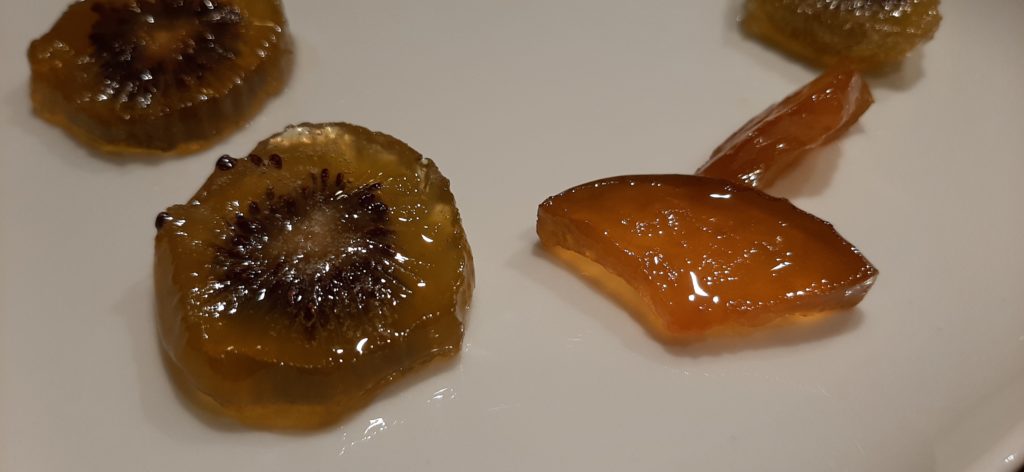
Only one problem remained: all fruit pieces were sticky to the touch. Luckily, the problem solved itself: with time the fruit dried out. As with my mint pastilles, the process takes time. At least one to two weeks, preferably longer. For the final drying phase, to speed up the process, you can also drop the fruit pieces in caster (powdered) sugar. Just make sure that the pieces are reasonably dry, otherwise the sugar will form a hard coating, making the pieces less presentable.
Candied fruits recipe
There is no straightforward recipe, since a lot depends on the type of fruit you will use and how thick the fruit pieces are. A general rule of thumb is that for harder fruits you need longer times and that the starting sugar syrup concentration should be at least 85% sugar in water. To give you a feeling for the duration of the process, I can provide two examples. For 1 centimeter thick slices of kiwi, the cooking time should be 40-60 minutes. For harder fruits like apples and pears, the cooking time is 60-90 minutes for the same thickness.
